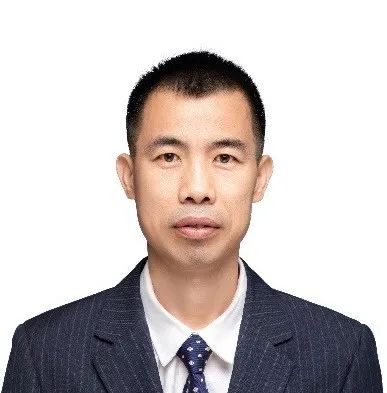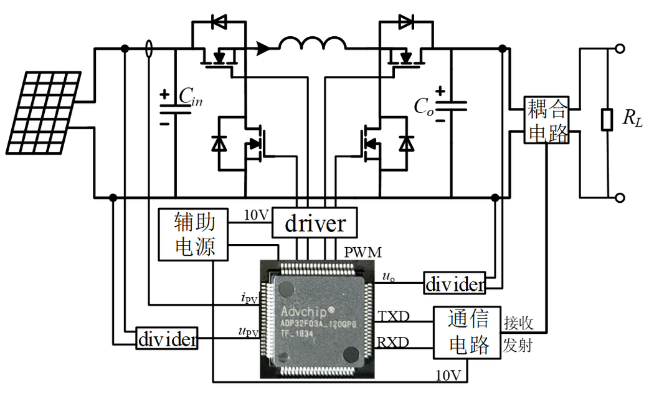
Introduction
Statement
To deepen the reform of graduate courses, optimize course content, improve teaching methods, and establish a graduate course system that meets the needs of economic and social development, aligns with the goals of cultivating outstanding talents, and reflects the characteristics of Hebei University of Technology, the school has always adhered to the educational tradition of “Serving the country through engineering”, inherited the spirit of the school motto “Diligence, Caution, Public Service, Loyalty”, insisted on the educational feature of “Engineering and Science Working Together”, and implemented the fundamental task of fostering virtue through education. The school has always attached great importance to the construction of high-quality graduate courses and demonstration courses and cases (libraries) as teaching resources, integrating ideological and political education into the main battlefield of comprehensive education.
To showcase the school’s phased achievements in course construction, further strengthen demonstration and guidance, the Graduate School will continue to share approved high-quality graduate courses and excellent teaching cases (libraries) in Hebei Province, for mutual learning and exchange among the entire school, creating a good atmosphere for talent cultivation.
PART.1
Course Introduction
Course Name: DSP Chip Application Case Analysis
Offering College: School of Electrical Engineering
Instructor: Tang Shengxue
This case course teaches the basic knowledge of DSP chip hardware and software, classic digital signal processing theories and methods, and the development and trends of modern digital signals. It conducts case analysis of digital signal processing technology in the field of electrical engineering, showcasing skills and methods for solving practical engineering problems using DSP chips.
Through case study and analysis, students will master classic digital signal processing knowledge such as Shannon sampling, Fast Fourier Transform algorithms, and digital filter design, and develop skills in DSP chip development and application. They will also understand the development history and trends of modern signal processing technologies such as wavelet decomposition, modal decomposition, and compressed sensing, and be aware of the application prospects of DSP chips in the field of electrical engineering, enhancing the skills and innovative capabilities of electrical engineering students in applying digital signal processing technology.
PART.2
Teacher Style

Tang Shengxue, male, professor at the School of Electrical Engineering, doctoral supervisor. He has long been engaged in teaching and research of undergraduate courses in the “Electrical and Electronic Technology Series” and graduate courses such as “Digital Signal Processing Technology”, “Principles and Applications of DSP Chips”, and “Solar Power Generation Technology”, and has been awarded the title of ideological and political teaching master and teaching team for the course “Fundamentals of Electrical and Electronic Technology” in Tianjin. The courses he teaches have been approved as high-quality case courses for graduate students in Hebei Province. He has hosted three educational reform projects from the Hebei Provincial Education Department and participated in educational reform projects in Tianjin and key educational reform projects at Hebei University of Technology. He has published over ten teaching reform papers in core journals.
Professor Tang Shengxue insists on teaching by example and fostering virtue through education, adept at integrating the latest research achievements into teaching activities. He has completed projects funded by the National Natural Science Foundation and the Hebei Provincial Natural Science Foundation, and has trained more than 50 doctoral and master’s students, many of whom have been recognized as outstanding master’s graduates in Hebei Province and excellent master’s graduates at Hebei University of Technology.
PART.3
Course Ideology
Integrate relevant moral education elements such as socialist core values, engineering ethics, and professional ethics organically into teaching activities such as case design and analysis. The case design aims at cultivating virtue, planning and designing teaching cases according to the idea of “case background – case problem – analysis and solution – case teaching – assessment and expansion”, while organically incorporating ideological and political elements into the course, adopting a blended case teaching method, and cultivating professional talents with the ability to analyze and solve problems independently and with innovative awareness. By selecting typical application cases that prioritize domestic DSP chips over foreign ones, students are trained in the engineering ethics awareness of prioritizing domestic chips in engineering practice, stimulating their patriotism.
PART.4
Case Example
Example of case development design based on the frontier hot issues of Hunan Jinxin ADP32F035 series DSP chips: Photovoltaic module mismatch power optimizer.
Case Background
Currently, the world is facing challenges in population, resources, and the environment. In the process of seeking sustainable development for human society, the utilization of solar energy is increasingly valued by countries around the world. The solar energy received by the Earth each year is equivalent to 680 trillion tons of oil, and its development and utilization have great potential. Utilizing solar energy is of great significance for alleviating the tight energy situation in our country, reducing environmental pollution, and improving people’s living standards. At present, photovoltaic power generation is one of the main ways to develop and utilize solar energy.
Case Problem
In photovoltaic arrays, the battery component modules may have power output optimization issues under conditions such as shading and parameter mismatch. How to eliminate the impact of mismatch is currently a hot research topic. Currently, using power optimizers is one of the solutions to eliminate mismatch effects at the component end. Each photovoltaic component has a maximum power point for power output, and the function of the power optimizer is to track this maximum power point in real-time. How to achieve maximum power tracking is the key problem that the case needs to solve, with the difficulty being how to solve the global maximum power point tracking problem in real-time.
Case Text
At present, the algorithms for achieving maximum power tracking include perturb and observe method, gradient method, and PSO global optimization algorithm, while most existing mature hardware solutions are implemented using foreign TI DSP chips. To achieve the replacement of domestic DSP chips, the research group established the circuit topology and designed the tracking algorithm using the Hunan Jinxin ADP32F035 series DSP chips, completing the development board testing. The case enables any battery panel in the photovoltaic array to output maximum power when there is a mismatch problem, compensating for the energy loss caused by the mismatch.
Case Teaching
This case illustrates the maximum power point tracking problem in photovoltaic power generation systems, applicable to various photovoltaic power generation grid-connected/off-grid systems’ front-end power processing, pointing out the difficulties of the problem and its engineering background. During the teaching process, it is necessary to combine online self-study tasks, such as learning the basic principles of photovoltaic power generation, basic circuit topology, maximum power tracking (MPPT) algorithms, and control of photovoltaic systems. At the same time, ideological and political education should be integrated with the significant achievements of China’s photovoltaic industry and the significance of photovoltaic new energy power generation in implementing the national “dual carbon goals”.
Assessment Expansion
How to design a power optimizer suitable for large-scale photovoltaic arrays using the Hunan Jinxin ADP32F035 series DSP chips, explaining the working principle, algorithm, and hardware implementation plan.


Image and text production|Huang Qiannan
Supervised by|Tao Fu Gao Changhong
Reviewed by|Zhang Shuai